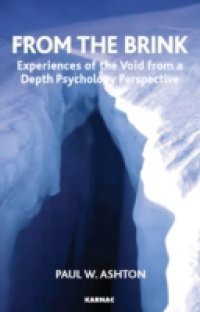A commonly encountered experience of both analyst and analysand is that of the void. It is spoken about at different stages of therapy and refers to experiences that have different origins. Sometimes the experience of the void is around a relatively limited aspect of the psyche but at other times the void seems much more global and threatens to engulf the entire personality; the whole individual psyche then seems threatened by the possibility of dissolution into nothingness.The void experience may result from the early failure of external objects to meet the needs of the developing ego, which leads to the sorts of primitive terrors that Winnicott described, or it may result when the Self itself seems threatened with annihilation, which may be more to do with a rupturing of the ego-Self axis. In the first case the fear is of disintegration, whereas in the second the experience is one of the living dead, as though the individual is cut off from her life source. But more than that, the intrusion of the void into the conscious experience of so many of us implies that its occurrence is not only the result of severe trauma but also a necessary aspect of the individuation process.Drawing on the writings of Jung and post-Jungians, and Psychoanalytic thinkers such as Bion, Winnicott and Bick, as well as on poetry, mythology and art, and illustrating these ideas with dreams and other material drawn from his practice, the author here attempts to illuminate some of the compartments of that immense space.

